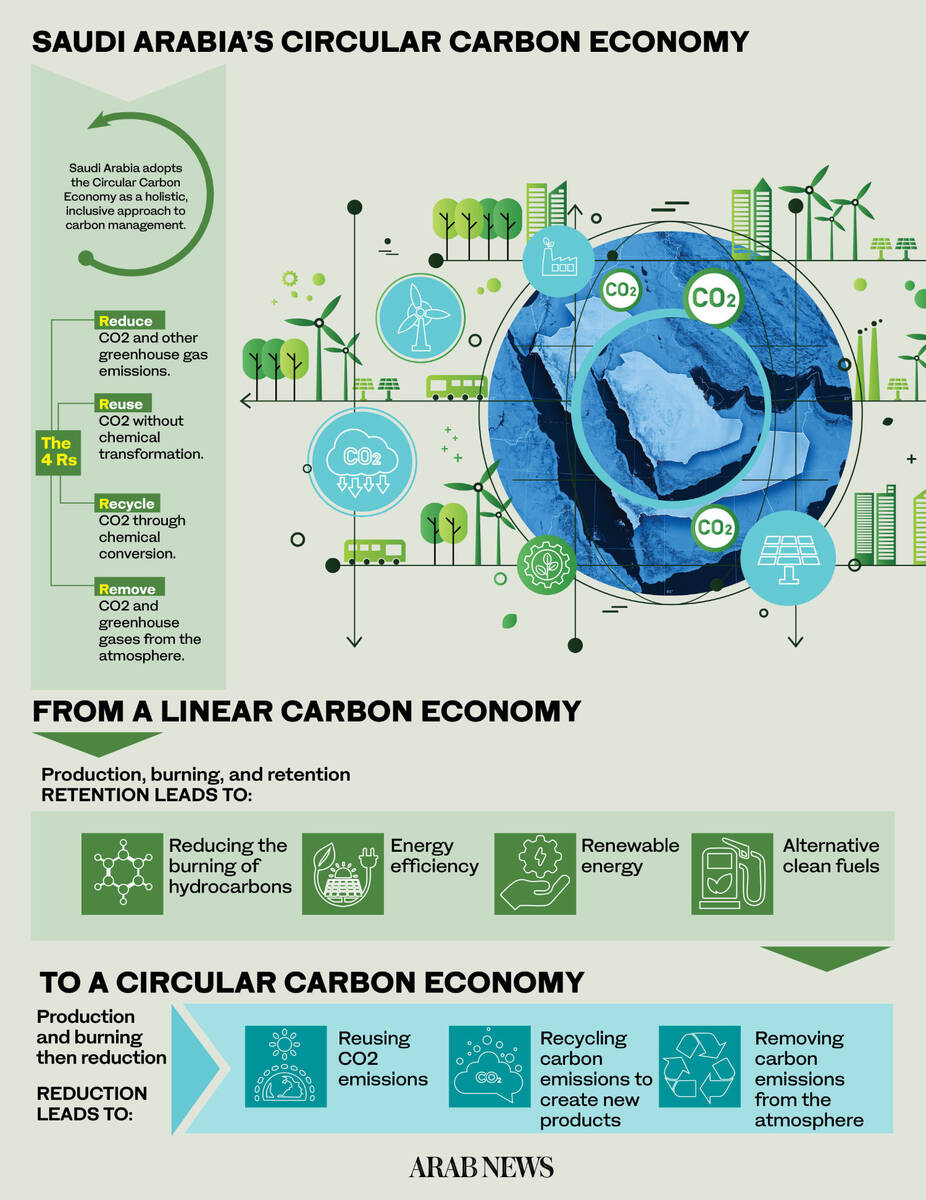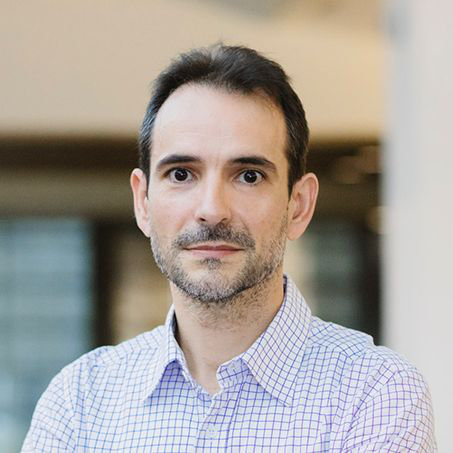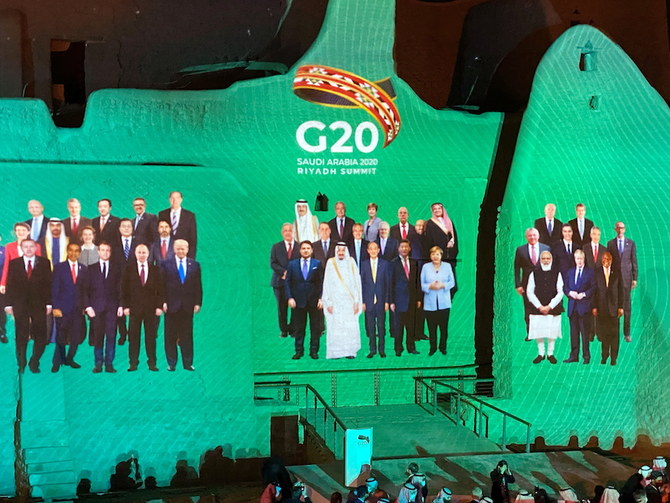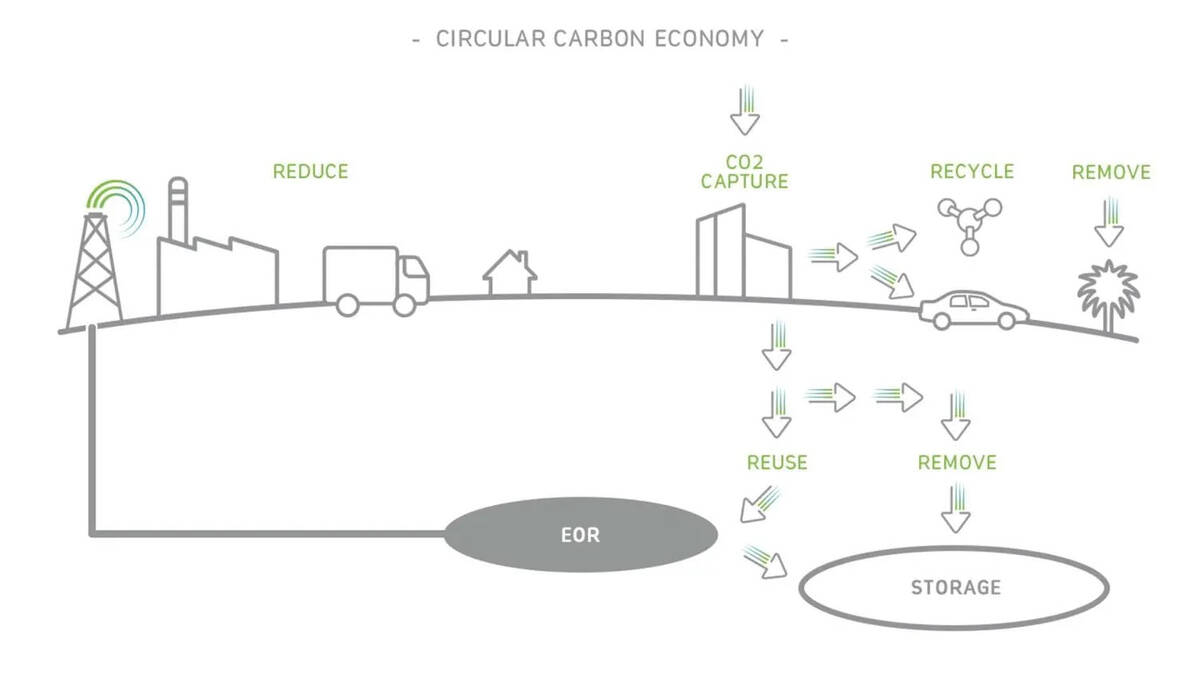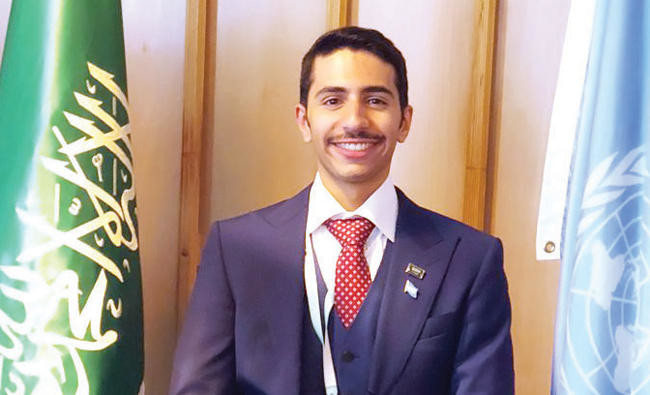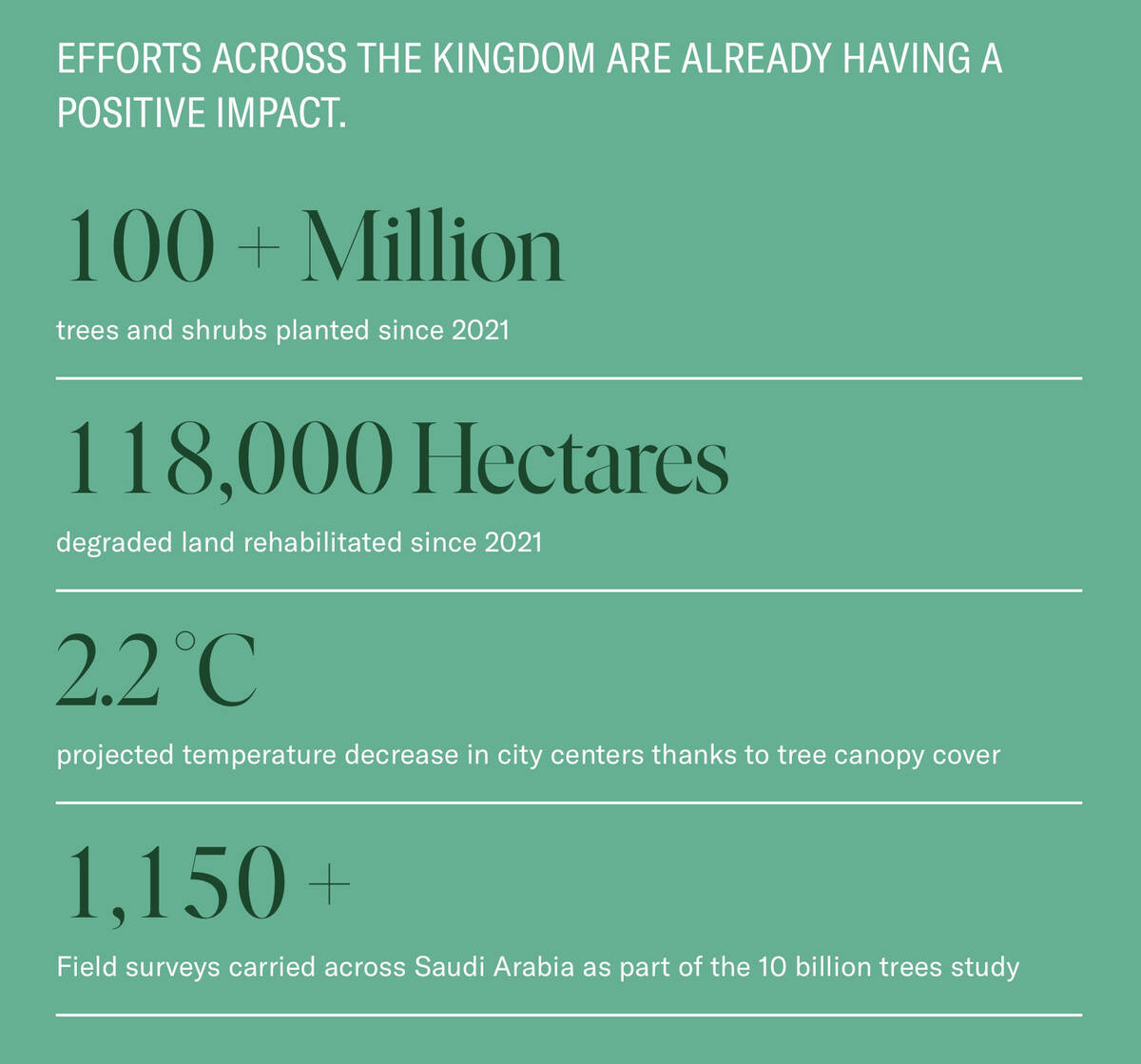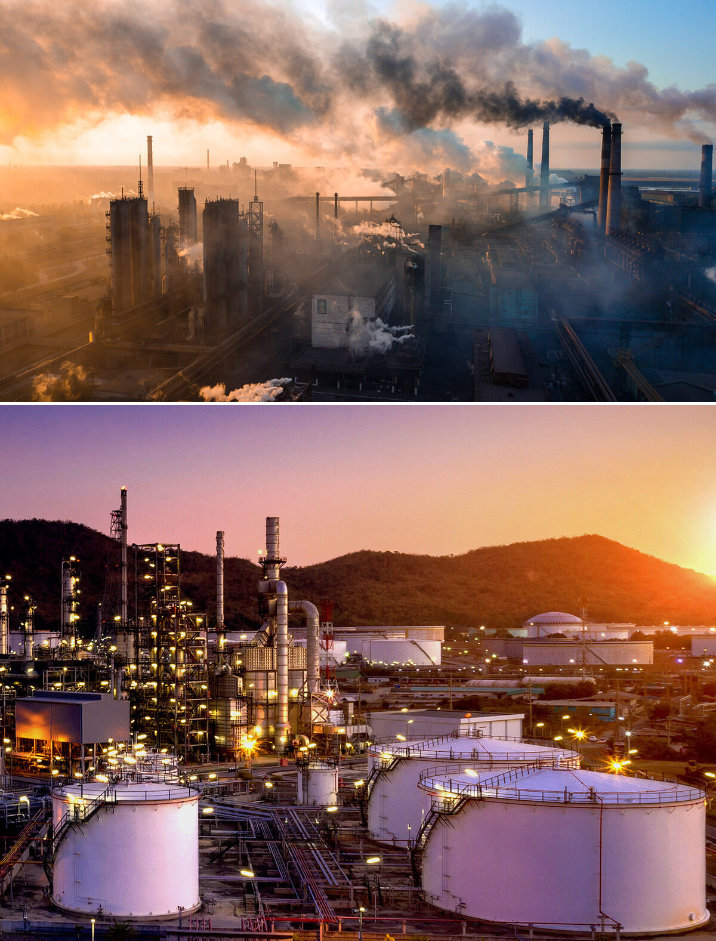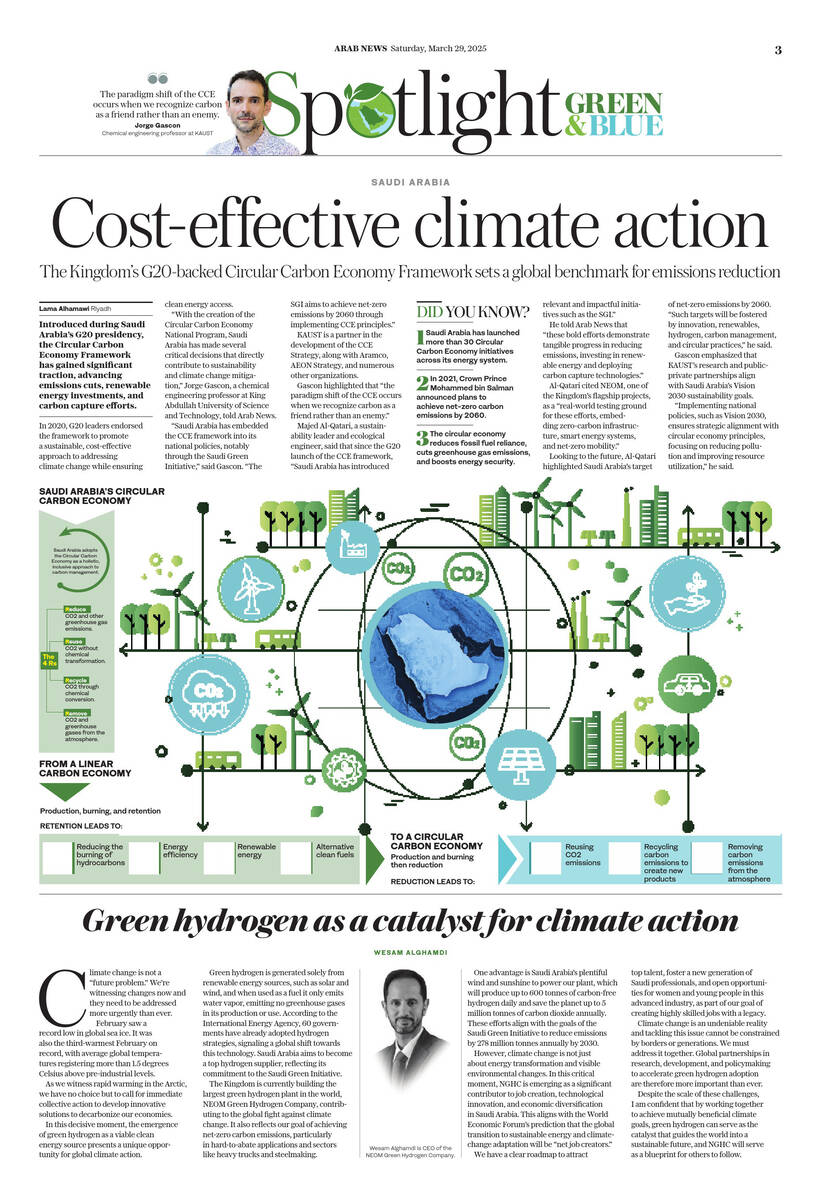DAMMAM: On a cool Friday evening, Dammam’s Saudi Arabian Society for Culture and Arts hosted a groundbreaking collaboration with the Alliance Francaise d’Arabie Saoudite and the French Embassy.
The eclectic two-hour show featured celebrated French artist JA Dupont Castro, Saudi calligrapher Faisal Al-Tayeb, Bahraini DJ and musician Na Der, and Syrian oud player Wasem.
Brought together “to build cultural bridges and explore the dynamics of collaboration,” the unlikely group of artists delivered an enriching experience for all to see and hear.
The result combined tangible art — such as paint smeared on a large black sheet — with digital and light projections illuminated and woven into the same work.
The sounds of live music from both sides further added to the allure and ambiance of the space and helped the hands of the visual artists move to the beats. The outcome was an improvised yet cohesive masterpiece.
The local community was invited to witness the interaction on stage at SASCA’s newly unveiled location. The event blended sights and sounds from the East and West with cutting-edge innovation, offering a one-night-only live performance that merged calligraphy, music and what was referred to as “paint-mapping.”
Castro, renowned for his live paint-mapping — a method combining projection technology and live artistic improvization — shared his excitement with Arab News about the performance. He was also ecstatic about his first visit to the Kingdom and the creation of completely curated works — all live.
“I developed a form of art that thrives on collaboration, where I work with painters and musicians live. It’s always exciting because I come to discover how local artists work — their processes, their world. My world meets theirs and we try to create something unique together.
“Improvization is at the heart of this. The energy of the audience shapes our performance. The audience, they’re witnessing something that is going to happen once, not twice. You know, it’s a one-time creation that begins, ends, and we don’t do it again,” he told us.
Al-Tayeb, who lives in the Eastern Province, brought his distinctive Arabic calligraphy style to the mix. He used real paint to write words in an abstract form, which Castro layered overtop with light and digital color. For Al-Tayeb, the project was not just about showcasing his skills but also expanding his artistic vision.
“For now, I’m a calligrapher, but I’m exploring other kinds of art. This collaboration with Jack (Castro) is an incredible opportunity to learn and grow,” he told Arab News.
“We’ve been working together to understand each other’s processes — blending Saudi desert hues with Jack’s digital and light-based techniques. Art doesn’t require a language; it’s about communicating through colors, forms and sound. This project is my first time working with music alongside visuals, and it’s truly fascinating.”
Al-Tayeb also reflected on Saudi Arabia’s evolving art scene: “The Kingdom has made tremendous progress in the arts, thanks to government support and initiatives by the Ministry of Culture.
“Saudi Arabia is becoming a hub for global collaboration, providing artists like me the opportunity to share our culture with the world.”
Syrian oud player and Saudi resident Wasem added depth and warmth to the space with his soulful compositions, inspired by the themes extracted from the artworks. He explained his distinctive approach to Arab News.
“I translate paintings and sculptures into music. It’s not just about improvization — it’s about understanding the artist’s concept and expressing it through melodies,” he said. “In Saudi Arabia, much of our work is influenced by local heritage. We incorporate eastern rhythms and quarter tones to give our compositions authenticity while merging them with global musical scales. This collaboration today is a bridge between East and West, creating a blend that honors both traditions.”
Wasem emphasized the humanistic essence of such collaborations.
“This kind of fusion serves global heritage and promotes universal traditions. It’s about connecting deeply with the stories and movements we experience and translating them through strings,” he said.
Bahraini DJ Na Der, who provided the evening’s dynamic soundtrack, described the event to Arab News as a metaphorical bridge.
“It only took me an hour to cross from Bahrain to Saudi today, but the more beautiful bridge is the cultural one we are building here tonight. This collaboration — blending music, painting, and light mapping — is unlike anything seen in the Gulf before — I’ve never seen it.
“We’ve synchronized well (the artists), and I believe tonight’s show will be unforgettable,” he told Arab News ahead of the performance.
The event marked another milestone in SASCA’s efforts to foster cultural exchange. Yousef Al-Harbi, director of SASCA’s Dammam branch, shared the significance of such initiatives with Arab News.
“This collaboration with the French Cultural Center is not our first. Over the years, we’ve partnered with French, British and American cultural organizations to host renowned artists and introduce new artistic concepts,” he said. “Such events broaden artistic horizons and encourage exchanges between local and international artists, enriching the community. They also help strengthen the cultural fabric of Saudi Arabia, by combining visual and auditory arts to create a holistic experience for us all to enjoy.”
Held inside SASCA’s state-of-the-art venue, the live performance captivated a diverse audience. The interplay of traditional Saudi calligraphy, French projection art and customized music coming from both sides offered a fusion of culture and innovation that reverberated within the space long after the improvised art was completed.
As Castro and Al-Tayeb’s work illuminated the real and metaphoric canvas, Wasem’s sultry oud and Na Der’s electronic beats created a rhythm that resonated with the crowd. The event was attended by mostly French and Saudi residents and its success was a testament to the interest within the local community who came together to witness an experimental live show.
The French artist will continue his journey across Saudi Arabia, performing a few other exclusive one-night shows in other cities, each with local artists from those area, further enriching the Kingdom’s vibrant cultural tapestry for both the performers and the audience.



















